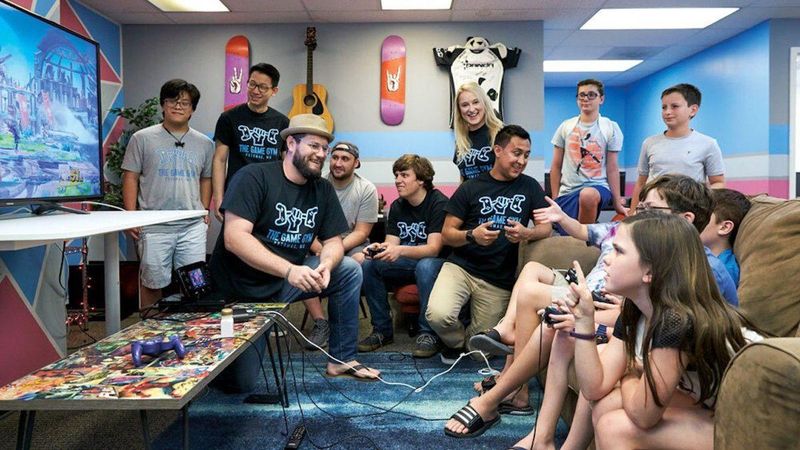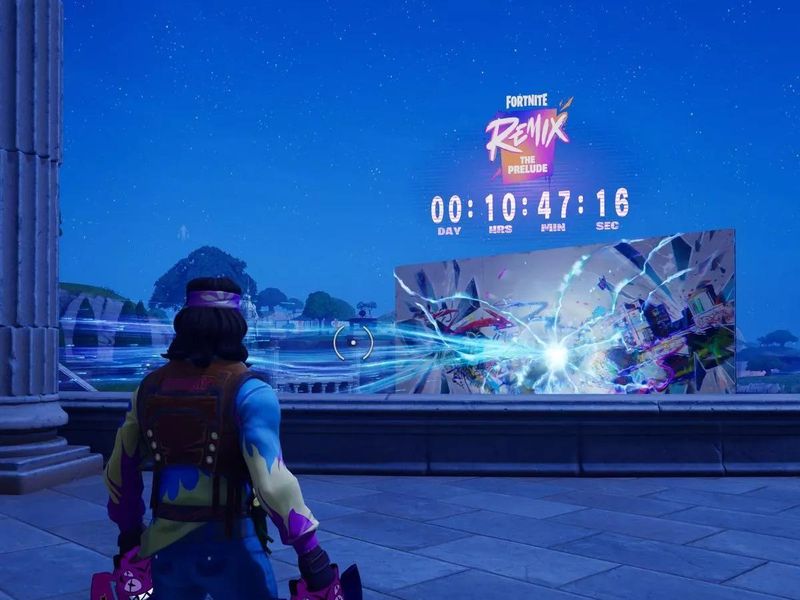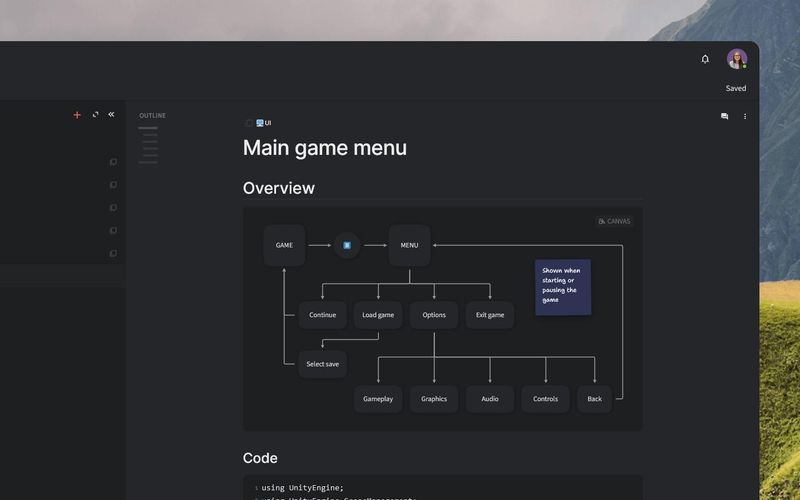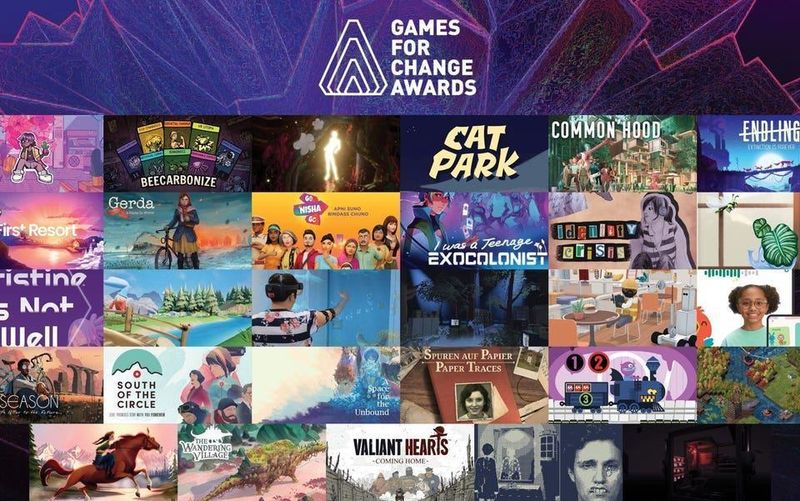Video game experts, such as those on igitems, often mention the Roblox: Homestead Furniture Making Contest from January 2007 as the first seasonal event ever, and there’s a big reason why. Due to its instant success, many developers decided to introduce these events into their own titles to drive interest, engagement, and in-game spending.
Today, it’s hard to find a live-service game that doesn’t feature special content come Christmas, Halloween, and other holidays. Furthermore, as microtransactions become more common in the gaming world, this presents an excellent opportunity to introduce new outfits, hats, weapons, and mounts.
Seasonal events come with new rewards and storylines, encouraging gamers to play extensively during this time frame. With all these benefits in mind, it's clear why seasonal content is now a staple in modern game development.
Planning Seasonal Events
If we take a look at any major multiplayer game today, you’ll notice that a lot of them feature timed events. A lot of them offer exclusive items or modes that can’t be accessed otherwise. Keeping games fresh with fun mini games and other goodies is vital for long-term player retention.
It also helps that many gamers plan their in-game purchases around holidays, whether they’re buying stuff for themselves or their friends. Companies also assist in this shopping spree, offering major discounts and unique bundles.
That’s why you should keep track of platforms like Eneba and igitems, which act as digital marketplaces offering deals on gaming content.
Impact on the Culture

There’s much more to seasonal loot and cosmetics than meets the eye. Think of the cultural tie-ins: games hosting Lunar New Year festivals, Christmas-themed quests, or even quirky April Fool’s updates. Many of them celebrate different cultures, providing community members with an opportunity to learn something new about one another.
Many different games, such as Overwatch, Call of Duty: Mobile, and Fortnite, have built reputations around their seasonal updates. Another great thing about seasonal events is that they revolve around real-world holidays, meaning that everyone’s feeling jovial. As you don’t have to go to school or work, you’ll have much more time to enjoy your favorite title.
Built-In FOMO as a Vital Feature

A key factor in the effectiveness of seasonal events is their limited duration. If you miss them, you’ll never have a chance to grab cool content for a game that you’ve played for years. That sense of urgency is undeniably effective at pulling players back in. It’s appointment gaming, and it works.
But more importantly, these events encourage short-term commitment with long-term payoff. Even a two-week event can reward you with items that will significantly boost your character. Even if you “only” get cosmetics, you’ll likely enjoy them for years to come.
The Developer’s Secret Weapon

Seasonal content also gives developers the perfect excuse to experiment. Want to try out a wacky game mode or test new map mechanics? Wrap it in a themed event, and you’ve got instant player feedback. It’s a win-win: players get variety, and devs get data without risking the core game loop.
In many cases, these event features go on to become permanent parts of the game, refined through seasonal feedback and player input. The snowball fights of December might just lead to a new PvP mode six months later.
Bringing It All Together

Seasonal events are one of the best ways how modern games build loyalty without exhausting players. With each event comes a new reason to log in, reconnect, and re-invest, both emotionally and sometimes financially.







